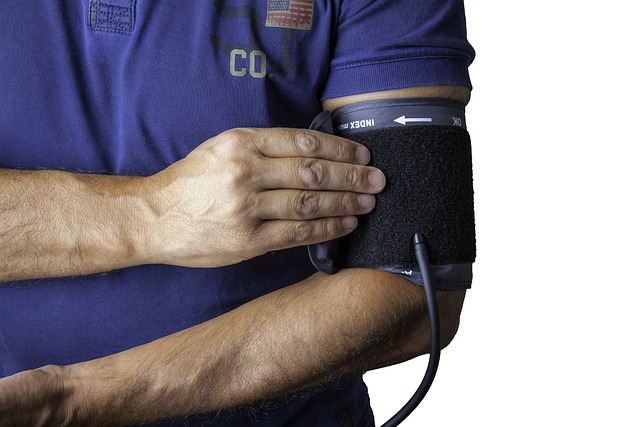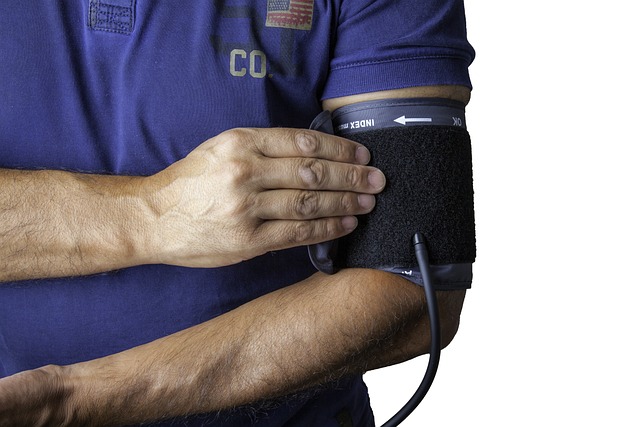Low water pressure, often unnoticed, manifests through decreased flow rates, quick hot water depletion, and toilet flushing difficulties. Common causes include clogged filters, mineral buildup, or faulty components in water softener systems. Regular monitoring of these signs is crucial for early detection and resolution, ensuring optimal water pressure and plumbing efficiency. Understanding the specific causes, such as outdated plumbing, mineral deposits, faulty valves, or local infrastructure issues, allows targeted measures to be taken for restoration of ideal water pressure levels.
Is your water pressure dropping, leaving you with a weak flow? It might be time to check your water softener. This guide will help you identify if your softener is the culprit behind reduced water pressure and provide insights into common causes of low pressure in your home. Learn how to recognize the signs, troubleshoot effectively, and maintain your water softener for optimal pressure, ensuring a steady and powerful flow every time.
- Recognizing Low Water Pressure: Signs to Watch For
- Common Causes of Reduced Water Pressure in Your Home
- Troubleshooting and Maintaining Your Water Softener for Optimal Pressure
Recognizing Low Water Pressure: Signs to Watch For

Low water pressure can often go unnoticed until it becomes a significant issue. However, there are several signs that indicate your water pressure is lower than it should be. One of the most common causes of low water pressure is a water softener system that’s not functioning properly. If you’ve invested in a water softening system to improve water quality, but you’re still experiencing reduced pressure, it might be time to investigate further.
Keep an eye out for things like decreased water flow from faucets and showers, running out of hot water faster than normal, or difficulty flushing toilets. These issues could point towards problems with your water softener, such as clogged filters, mineral buildup, or malfunctioning components. Regularly checking these signs can help you address potential causes early on, ensuring optimal water pressure and efficiency in your home.
Common Causes of Reduced Water Pressure in Your Home

Troubleshooting and Maintaining Your Water Softener for Optimal Pressure

If your water softener isn’t performing optimally, low water pressure could be a result. To troubleshoot and maintain your water softener for maximum efficiency, start by checking the connections and filters. Leaks or blocked filters can significantly reduce water flow. Ensure all connections are secure and replace any old or dirty filters according to the manufacturer’s recommendations.
Next, examine the softener’s settings. Incorrectly set parameters, such as timing or salt levels, can lead to pressure issues. Refer to the user manual for guidance on optimal settings. Regular maintenance, including periodic cleaning and testing of the system, will also help identify and address any underlying causes of low water pressure caused by your water softener.
If you’re experiencing low water pressure, it could be attributed to various causes, including a malfunctioning water softener. By recognizing the signs and understanding common issues, you can effectively troubleshoot and maintain your system for optimal pressure. Regular maintenance ensures your water softener works efficiently, providing the necessary softening without compromising the essential water pressure for everyday use.
